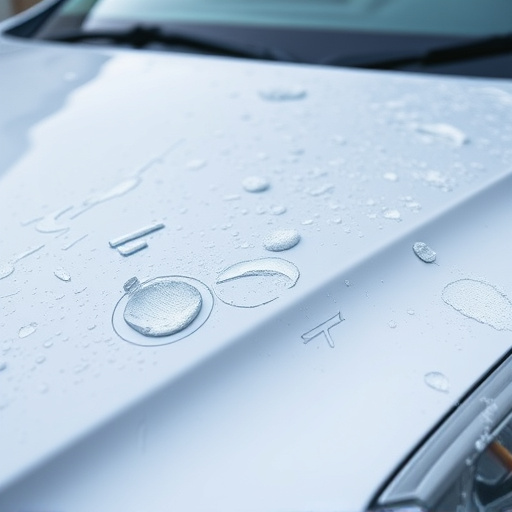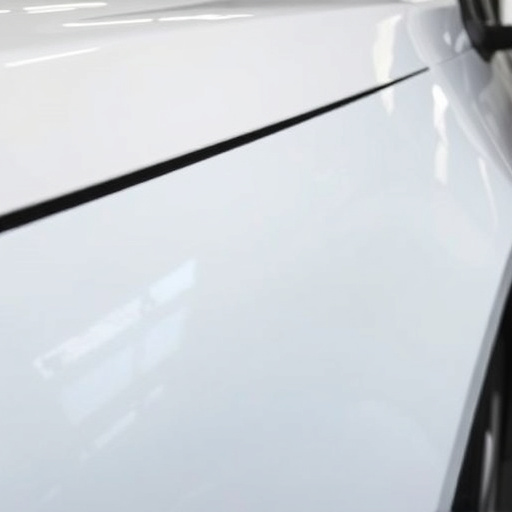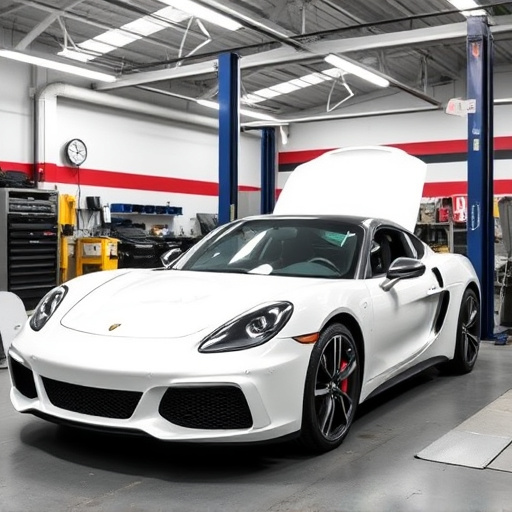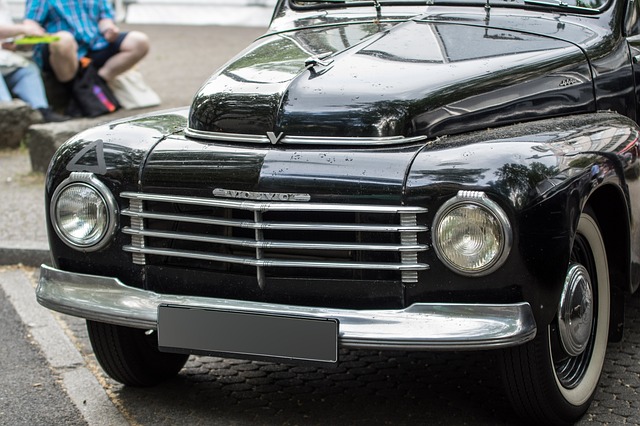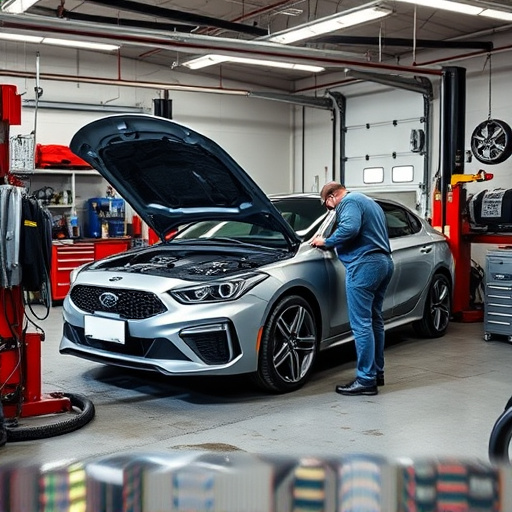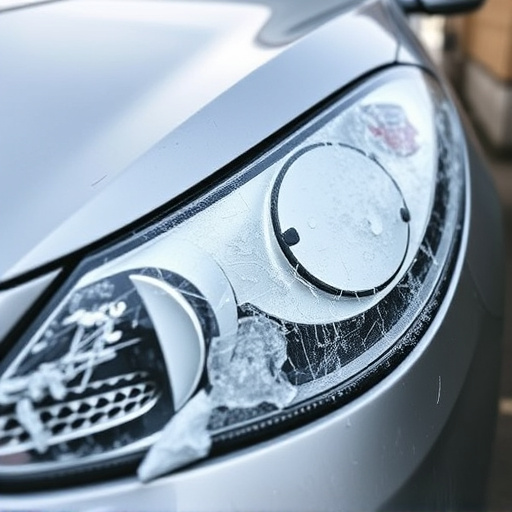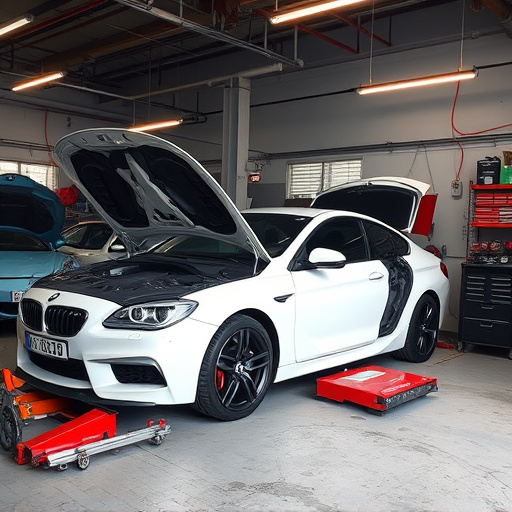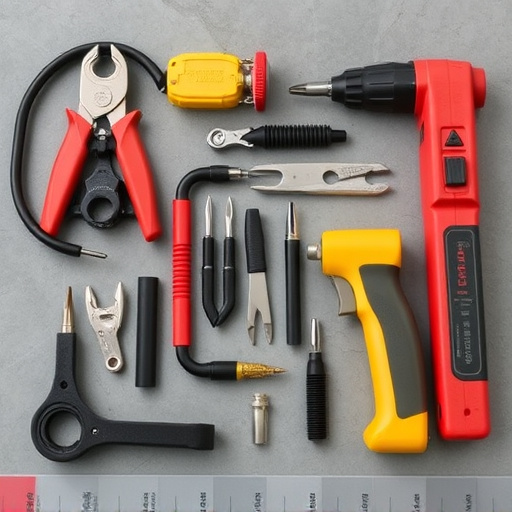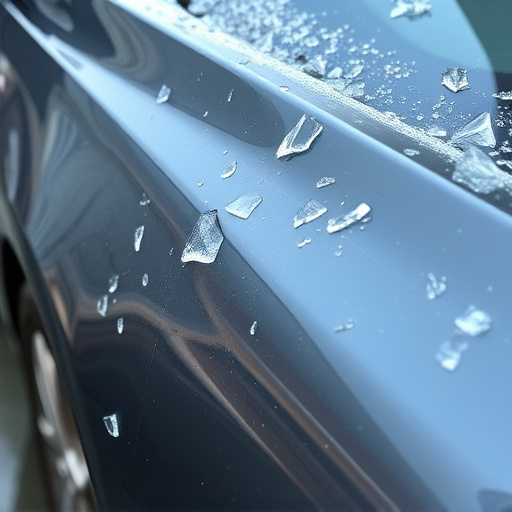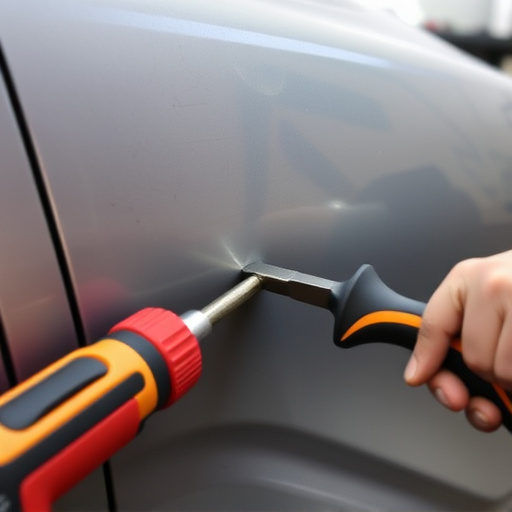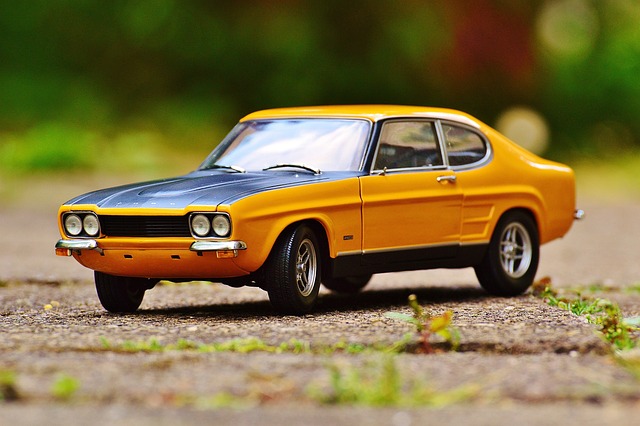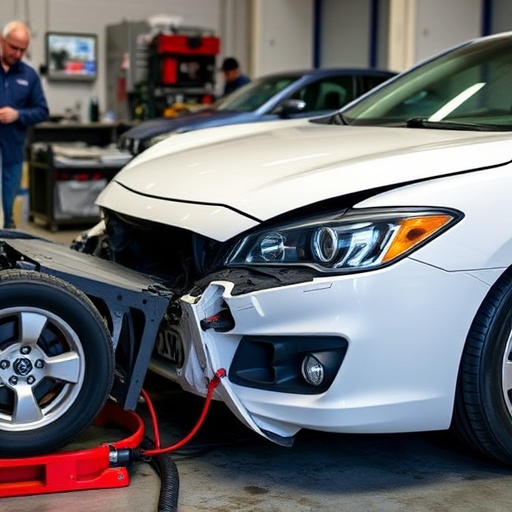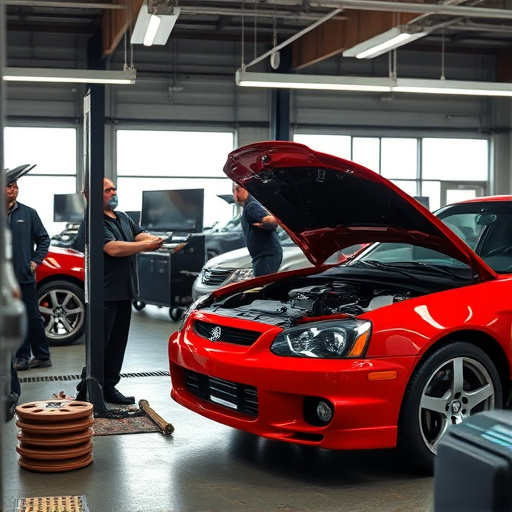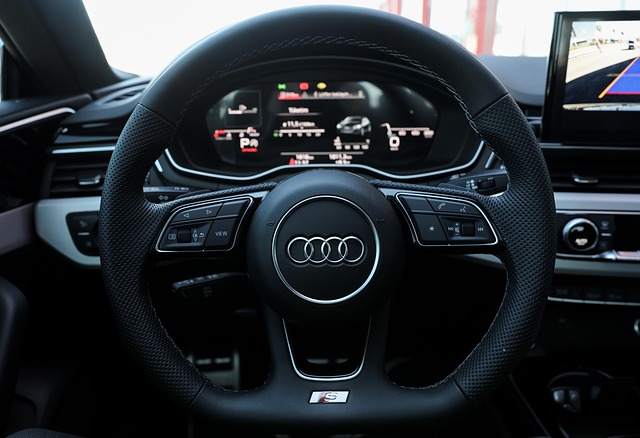Molding replacement collision parts play a vital role in vehicle safety by acting as impact absorbers during collisions. Strategically placed along a car's exterior, these moldings distribute force, protecting passengers and minimizing injuries. Auto body services ensure accurate replacements, maintaining safety standards. Advanced molding practices, utilizing CAD technology and rigorous testing, ensure high-quality replacement parts that withstand extreme conditions, enhancing overall vehicle safety.
Molding replacement collision components play a vital role in enhancing vehicle safety standards. This article delves into the critical aspects of molded parts, exploring their significance in active safety systems. We examine how these components contribute to crash protection, from their intricate designs to stringent quality control measures. By understanding the importance of molding technology, we uncover the essential steps ensuring replacement collision parts meet the highest safety criteria, ultimately safeguarding drivers and passengers.
- Understanding Molding in Vehicle Safety Systems
- The Role of Replacement Collision Parts in Enhancing Protection
- Ensuring Quality and Safety Standards for Molded Components
Understanding Molding in Vehicle Safety Systems
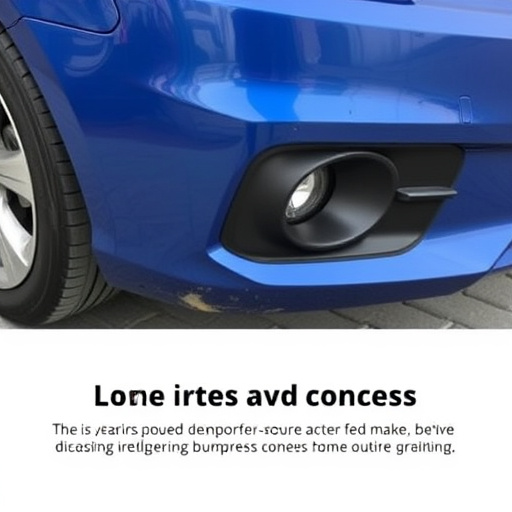
Molding, a term often overlooked, plays a pivotal role in enhancing vehicle safety systems. It refers to the intricate designs and components that contribute to the structural integrity and protection of vehicles during collisions. These moldings are strategically placed along a car’s exterior, serving as impact absorbers and energy dissipaters. When a vehicle is involved in a collision, these molded parts help distribute and manage the force, reducing the risk of damage to the passenger cabin and minimizing potential injuries.
In the realm of mercedes benz collision repair and beyond, replacing damaged moldings with precise replicas is an essential step in maintaining safety standards. Auto body services that specialize in molding replacement collision repairs ensure that these critical components are restored to their original specifications, ensuring optimal performance during future accidents. By addressing these seemingly small but significant details, vehicle repair services contribute to the overall safety of drivers and passengers, making every journey safer.
The Role of Replacement Collision Parts in Enhancing Protection
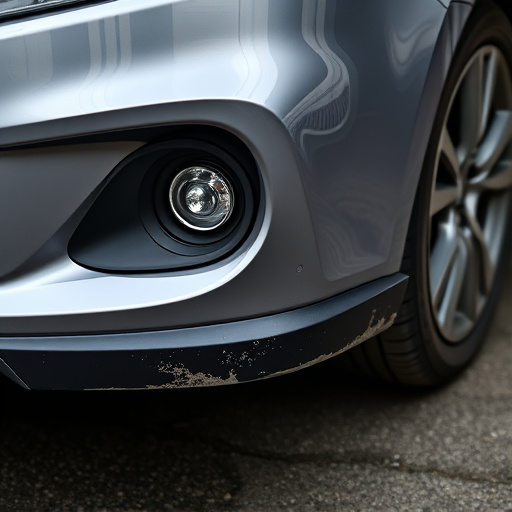
The use of molding replacement collision parts plays a pivotal role in enhancing safety standards in the automotive industry. These specialized components are designed to precisely fit and replace damaged or defective original equipment, ensuring that vehicles maintain their structural integrity post-collision. By adhering to strict quality control measures during manufacturing, these parts offer the same level of protection as the originals, if not better, thereby mitigating risks associated with subpar replacements.
Automotive repair services often rely on molding replacement collision parts for their effectiveness in restoring a vehicle’s safety systems. This is particularly crucial in areas like car dent removal, where precision is key to maintaining the structural stability and aerodynamic performance of a vehicle. Collision repair services that utilize high-quality molding replacement parts not only ensure better protection for occupants but also contribute to the overall efficiency and longevity of automotive repairs.
Ensuring Quality and Safety Standards for Molded Components
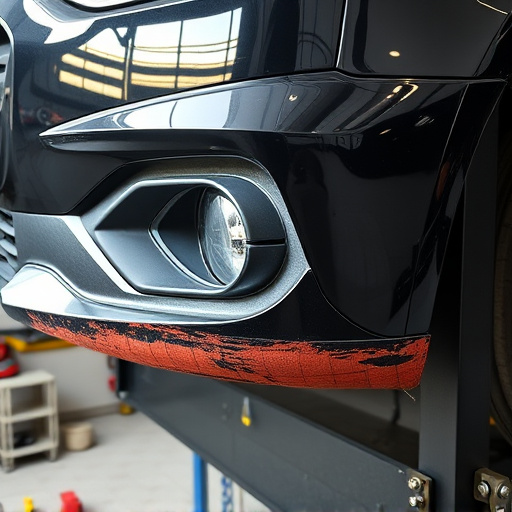
In the realm of automotive manufacturing and collision repair, ensuring quality and safety standards for molded components is paramount. Molding replacement collision parts involves intricate processes designed to meet stringent industry benchmarks. These include rigorous testing for structural integrity, material composition, and dimensional accuracy. Every component must withstand extreme conditions, from high-speed impacts during accidents to the harsh elements of daily use, without compromising safety.
High-quality molding practices, such as those employed in car body restoration and damage repair, employ advanced technologies like computer-aided design (CAD) and sophisticated injection molding machines. These tools enable precise replication of original vehicle parts, ensuring a seamless fit and enhancing overall vehicle safety. By adhering to these standards, manufacturers contribute to the structural integrity of vehicles, ultimately safeguarding drivers, passengers, and other road users in the event of collisions.
Molding replacement collision parts play a vital role in enhancing vehicle safety standards, offering both improved protection and cost-effectiveness. By prioritizing quality and adherence to safety norms in molded components, automotive industries can contribute to safer driving experiences for all. This focus on innovation and meticulous craftsmanship ensures that drivers benefit from advanced safety systems, making our roads more secure.
